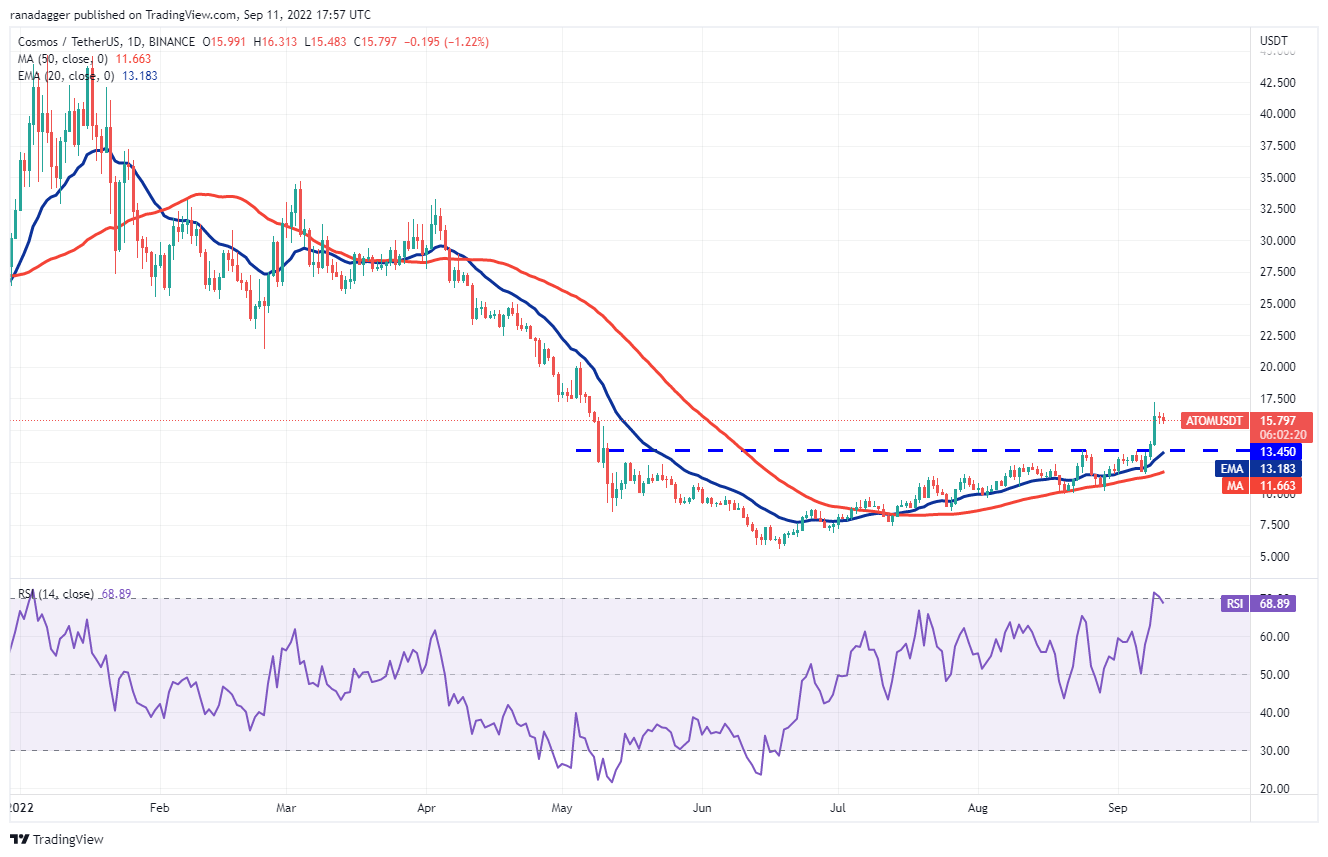Yuga Labs accused of IP theft for trademarking BAYC wolf skull logo


NFTs were introduced to the world to help solve the illegal use of intellectual property and protect artists — the very thing Yuga Labs has been accused of doing.
The iconic wolf skull logo of Bored Ape Yacht Club (BAYC), Yuga Labs’ premier nonfungible token (NFT) collection, was allegedly illegally trademarked without proper licenses. The image was originally released by a company specializing in drawing tutorials for children and beginners.
NFTs were introduced to the world to help solve the illegal use of intellectual properties and protect artists — the very problem Yuga Labs has been accused of doing. Crypto Twitter member and NFT artist @Jdotcolombo came across a post from April 5, 2021, in which Easy Drawing Guides advertised “an easy step-by-step drawing tutorial” for a wolf skull.


The art displayed by the company closely resembled BAYC’s official logo, which initially raised suspicion of wrongdoing, considering that BAYC’s Kennel Club collectibles launched on June 17, 2021.
Bro @BoredApeYC @yugalabs what a fucking joke bahahahahaha you got some explaining to do. 4/5/21 and your kennels came out 6/21 and you went and trademarked this skull. Are you guys ok or have you bumped your heads? https://t.co/HiLFdbnFL5 pic.twitter.com/FJigzJgBr8
— COLOMBO (@Jdotcolombo) February 17, 2023
Easy Drawing Guides responded to the commotion to confirm that Yuga Labs had no license to use the wolf skull drawing. Taking things one step further, Yuga Labs trademarked the unlicensed logo as its own. In response, Easy Drawing Guides stated:
“The intellectual property rights for the drawing belong to Easy Drawing Guides as it’s our original drawing and protected by our Terms and Conditions.”
Cointelegraph confirmed that the terms and conditions of Easy Drawing Guides grant a non-transferable, non-exclusive, revocable, limited license to use and access the website solely for personal, non-commercial use.
On the one hand, BAYC supporters believe that no intellectual property was breached in using the logo; however, most agree that Easy Drawing Guides is entitled to some serious compensation.
Yuga Labs has not yet responded to Cointelegraph’s request for comment.
Related: Yuga Labs settles lawsuit with developer involved in copycat BAYCs
The intellectual property dilemma is not new for Yuga Labs. One of the founders of the BAYC copycat NFT collection RR/BAYC filed an opposition notice against 10 trademark applications from Yuga Labs.


In the notice, RR/BAYC co-founder Jeremy Cahen highlighted a list of “grounds for opposition” against Yuga Labs’ filings, claiming that the company “abandoned any rights” to certain logo and artwork designs due to BAYC NFT sales granting “all rights” of the digital images to the owners.




































































